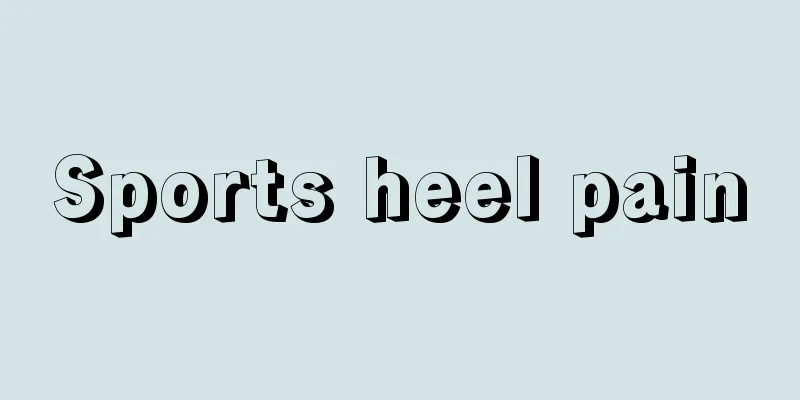Sports heel pain

|
Heel pain is a very common symptom, and most of the time it often occurs during exercise. The main symptom is pain after walking a few steps. The more you walk, the more obvious the pain will be. This may be due to bone spurs in the joints, fat pad injuries, and symptoms of bursitis. Therefore, patients need to choose appropriate methods for treatment, conditioning and diagnosis based on the actual condition of their body. Pathological symptoms Heel pain is a symptom that can have many causes. The main symptom is heel pain, which sometimes involves pain in the back of the calf. Patients are afraid to exert force or walk directly when getting up in the morning. The pain worsens when standing up after sitting for a long time. The symptoms are relieved after a few steps of movement. Patients often have the pain characteristics of "pain-mild-severe". Key points of diagnosis: Heel pain often occurs on one side, but it can also occur on both sides at the same time, and the pain varies in severity. The disease develops slowly, with heel pain when getting up in the morning. The pain is relieved after a little walking. The pain becomes more obvious when walking more, and it affects walking in severe cases. There is no redness or swelling locally, and there is a localized tenderness point at the medial tubercle of the calcaneus, which is equivalent to the medial side of the front of the heel. Clinical manifestations Heel pain is mainly manifested as soreness or tingling pain in one or both heels or soles of feet, and difficulty walking. It is mostly caused by traumatic inflammation of the plantar fascia, peri-Achilles tendinitis, calcaneal bursitis, calcaneal spurs and fat pad degeneration, and the onset is often related to chronic strain. Clinically, there are: (1) Achilles tendinitis; (2) Calcaneus spur; (3) Calcaneus periostitis; (4) Injury to the subcalcaneal fat pad; (5) Calcaneus fracture; (6) Calcaneous subcutaneous bursitis; (7) Strain of the soft tissue of the tarsal sinus; (8) Calcaneus tuberculosis, tumor, etc. |
>>: How to train your clavicle?
Recommend
How to do aerobic exercise and strength training
The so-called aerobic exercise is to perform vari...
Does regular yoga really help you lose weight?
Speaking of yoga, I believe no one will feel unfa...
How long does it take to lose weight by running?
Running is a kind of exercise that is beneficial ...
Is running considered aerobic exercise?
According to the running speed, running can be di...
Does running help you build muscle?
In the eyes of many people, running can be used f...
Myopic people should be careful, be careful of retinal detachment when exercising like this
Xiao Lin, a sophomore, was playing badminton with...
What exercises can strengthen the waist?
The waist is a very important part of the body. T...
Introduction to Swimming Weight Loss Method
Swimming is a sport. In our country, women in par...
How to build muscle? What are the tips?
Developed muscles, a fit body and a healthy physi...
What are the methods of bare-handed abdominal muscle training?
Freehand training means that the patient exercise...
What are the benefits of fitness yoga?
Yoga is very unfamiliar and popular to many peopl...
Is mountain climbing an aerobic exercise?
In our daily lives, we face great pressure from c...
Can patients with high blood pressure also exercise? Four sports that are absolutely safe
High blood pressure can be treated not only with ...
What are the benefits of squats for women?
Women have many roles in society and bear great r...
What is the middle-aged and elderly fitness exercise square dance like?
The health of the elderly has always been of grea...









